

2023 Institute for Advancing Medical Innovation Trailblazer Pilot Award
By Kelly Hale, Marketing & Communications Specialist
May 17, 2024
PI: Thomas Menees, Ph.D.
Institution: University of Missouri – Kansas City
Study Title: Dbr1 inhibitors: a novel drug treatment for the neurodegenerative disease ALS
Thomas Menees’ project advances a promising drug therapy for amyotrophic lateral sclerosis, more commonly known as ALS or Lou Gehrig’s disease. Currently, there are no treatments that significantly alter the course of this disease, and death typically occurs within 2 – 5 years of diagnosis.
Most ALS cases are associated with aggregation, or clumping, of the RNA-binding protein TDP-43 inside motor neurons of the brain and spinal cord. TDP-43 aggregation is strongly correlated with motor neuron death, which results in loss of voluntary muscle movement and death of the ALS patient. Because cells require TDP-43 for survival, shutting off production of this protein is not a therapeutic option.
Menees’ collaborator, Aaron Gitler of Stanford University, discovered that inhibition of the RNA lariat debranching enzyme, Dbr1, suppresses TDP-43 aggregation. Menees studies the Dbr1 enzyme, which cuts looped RNA molecules called RNA lariats. Dbr1 inhibition causes RNA lariats to accumulate in cells and is well-tolerated at low levels.
Menees’ prior work led to the discovery that Dbr1 is required for replication of the AIDS virus, HIV. Since they were both working in the field around Dbr1, Menees and Gitler teamed up to identify Dbr1 inhibitors for treating ALS and HIV infection.
Since ALS is a rare disease with no truly effective treatments, Menees decided to focus his efforts on ALS and TDP-43 aggregation. Surprisingly, RNA lariats that accumulate during Dbr1 inhibition bind TDP-43 and prevent it from aggregating. Dbr1 inhibition also “dissolves” preexisting TDP-43 aggregates. Thus, Dbr1 inhibitors are a promising approach for developing a therapy to untangle TDP-43 aggregates in motor neurons.
Menees and Gitler identified three Dbr1 inhibitors out of a collection of 128,000 drug-like chemicals. Menees plans to carry the work forward by using the best inhibitor to develop a drug for ALS.
“We’re in the ‘Valley of Death’ stage right now in the drug development process,” Menees said. “This is where basic research discoveries that could help patients have advanced to a point where targeted, applied research funding is important, but hard to get. Our project will take our best Dbr1 inhibitor and design novel, more effective inhibitors that could slow or stop the progression of ALS.”
This project is a collaboration between the University of Missouri-Kansas City, Stanford University, and the University of Kansas.
Latest Articles
View All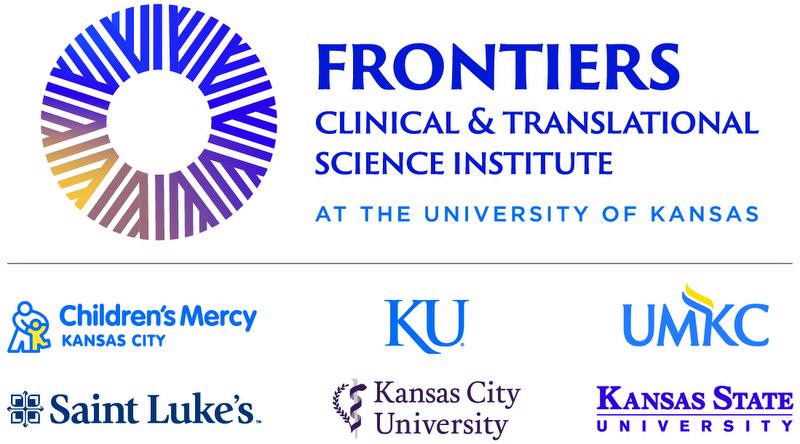 Funded Projects · News
Funded Projects · News
 TL1 Trainee · News
TL1 Trainee · News
 KL2 Scholar · News
KL2 Scholar · News
 Funded Projects · News
Funded Projects · News
 Funded Projects · News
Funded Projects · News
 TL1 Trainee · News
TL1 Trainee · News
 KL2 Scholar · News
KL2 Scholar · News
 Funded Projects · News
Funded Projects · News
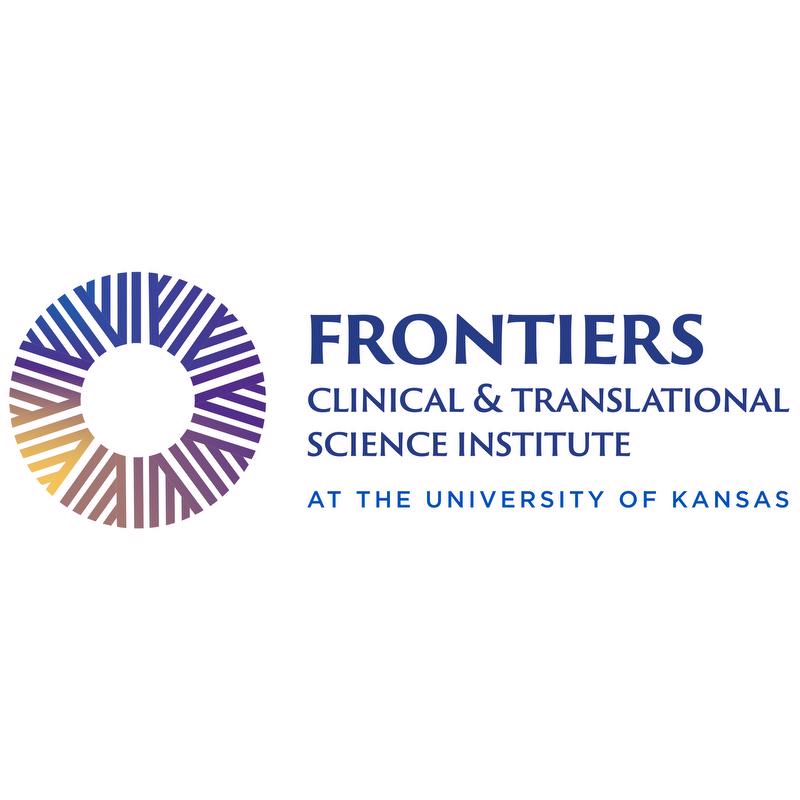 News
News
 TL1 Trainee · News
TL1 Trainee · News
 News
News
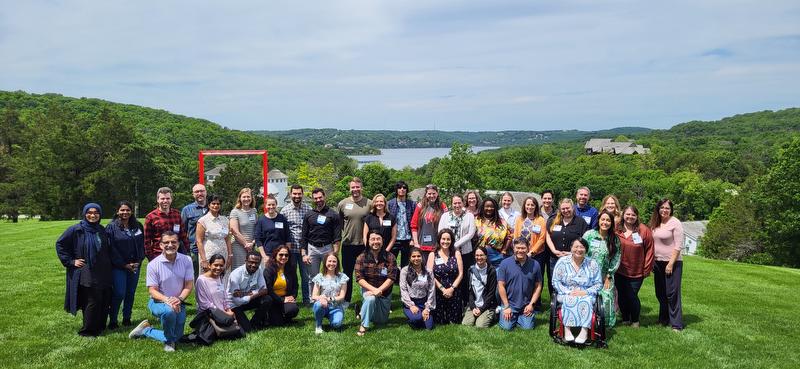 News
News
 Funded Projects · News
Funded Projects · News
 TL1 Trainee · News
TL1 Trainee · News
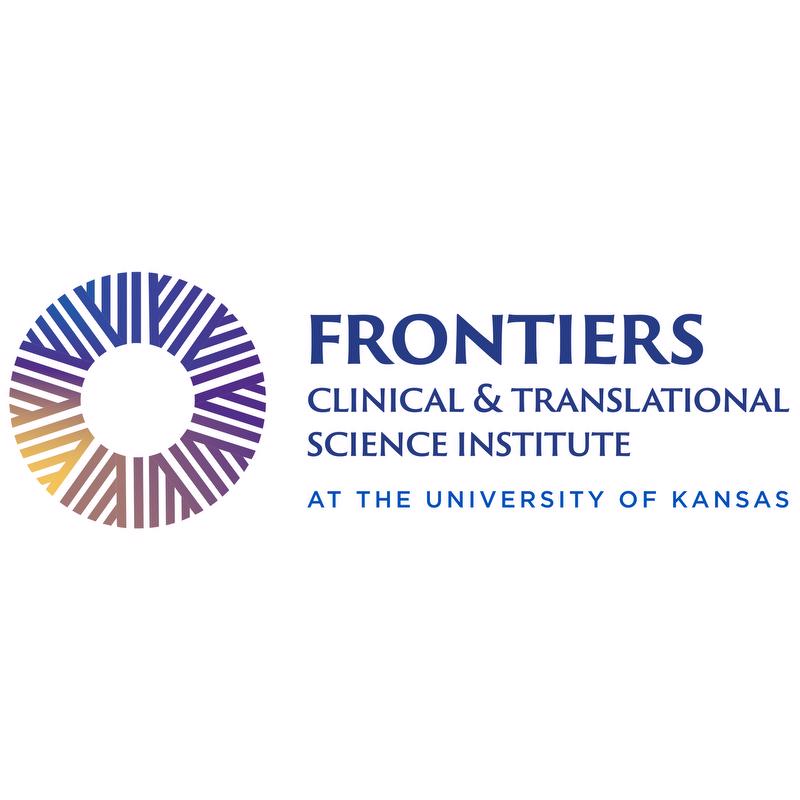 Events
Events
 TL1 Trainee · News
TL1 Trainee · News
 News
News
 TL1 Trainee · News
TL1 Trainee · News
 KL2 Scholar · News
KL2 Scholar · News
 News
News
 KL2 Scholar · News
KL2 Scholar · News
 Funded Projects · News
Funded Projects · News
 News
News
 TL1 Trainee · News
TL1 Trainee · News

 TL1 Trainee · News
TL1 Trainee · News
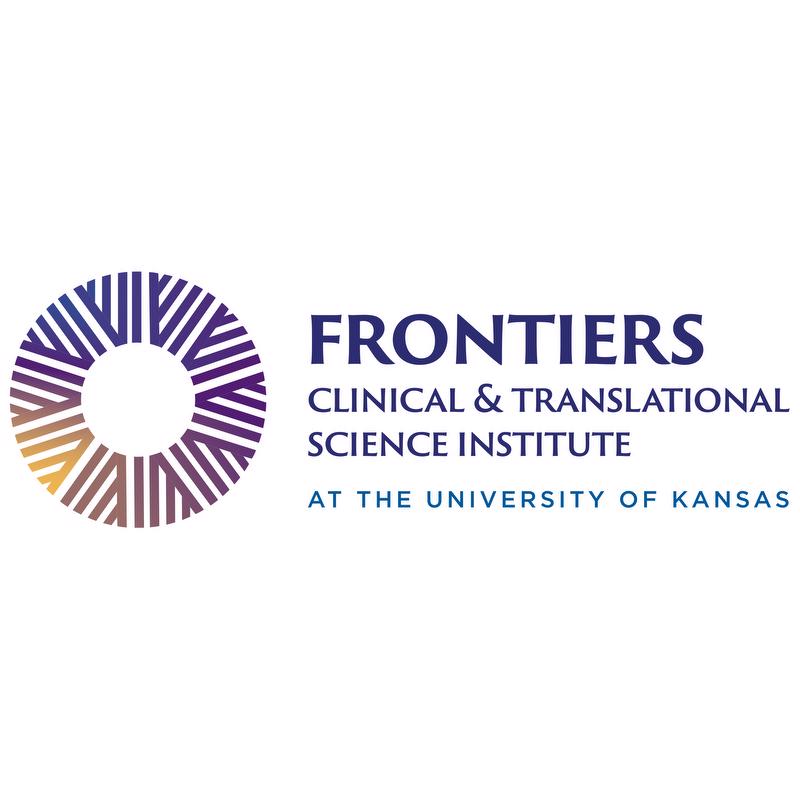 Services · News
Services · News
 News
News
 Funded Projects · News
Funded Projects · News
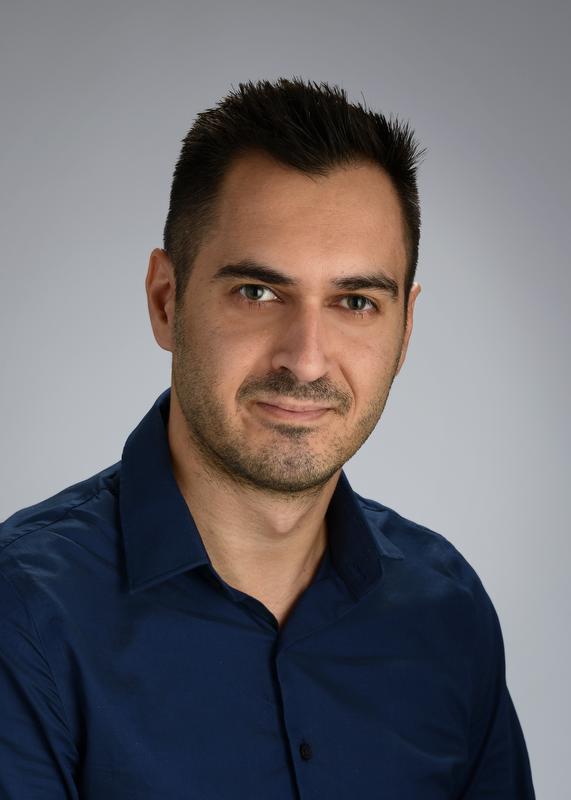 Funded Projects · News
Funded Projects · News
 Funded Projects · News
Funded Projects · News
 TL1 Trainee · News
TL1 Trainee · News
 KL2 Scholar · News
KL2 Scholar · News
 Funded Projects · News
Funded Projects · News
 News
News
 News
News
 News
News
 News
News
 News
News
 News
News
 News
News
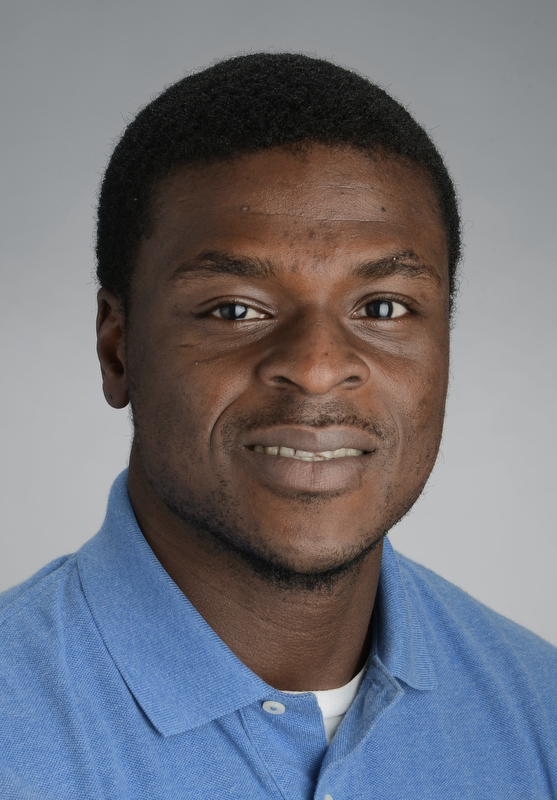 News
News
 News
News
 News
News
 News
News
 News
News
 News
News
 News
News
 Funded Projects · News
Funded Projects · News
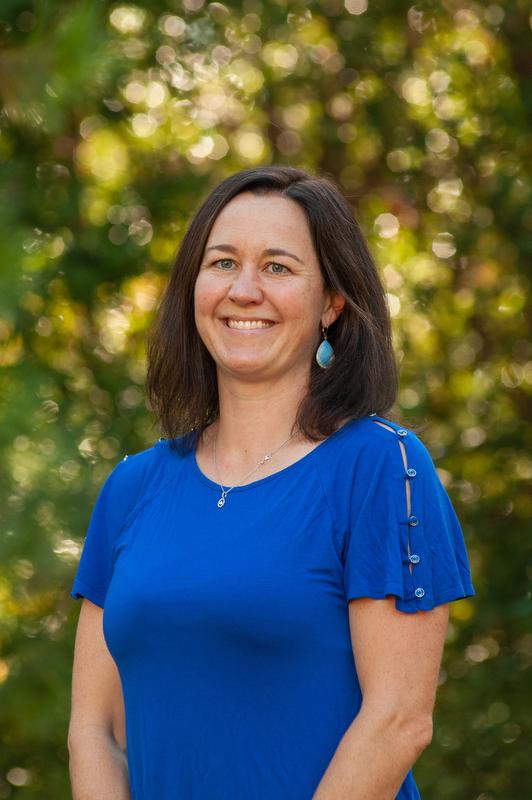 Funded Projects · News
Funded Projects · News
 KL2 Scholar · News
KL2 Scholar · News
 News
News
 News
News
 KL2 Scholar · News
KL2 Scholar · News
 KL2 Scholar
KL2 Scholar
 News
News
 News
News
 KL2 Scholar · News
KL2 Scholar · News
 News
News
 News · In the Community · Funded Projects
News · In the Community · Funded Projects
 Funded Projects · News
Funded Projects · News
 Funded Projects · News
Funded Projects · News
 Funded Projects · News
Funded Projects · News
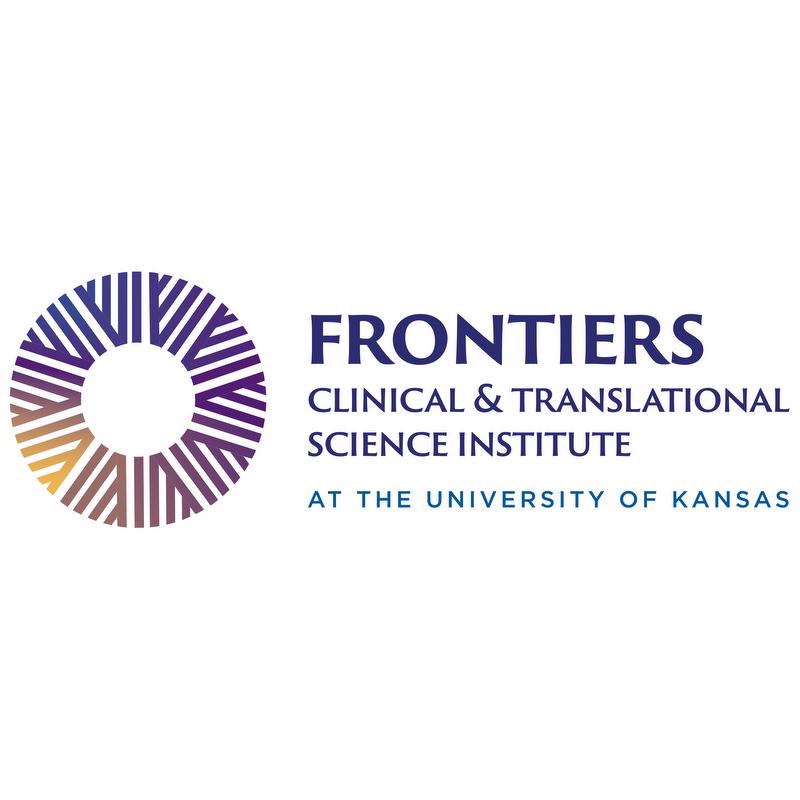 Funded Projects · News
Funded Projects · News
 News
News
 Funded Projects · News
Funded Projects · News

 TL1 Trainee · News
TL1 Trainee · News
 Funded Projects · News
Funded Projects · News
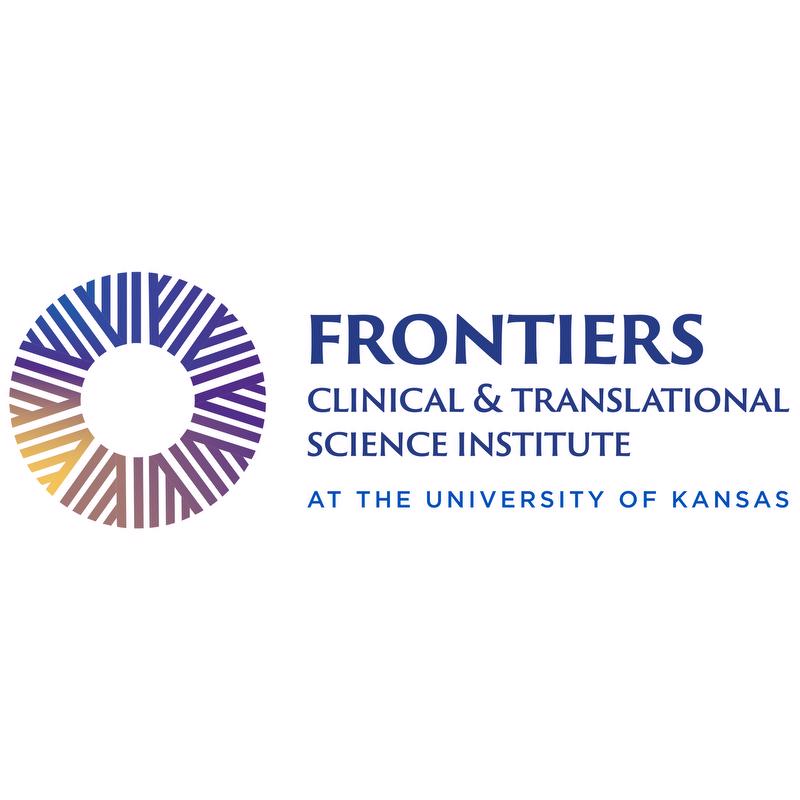 Events · News
Events · News
 Funded Projects · News
Funded Projects · News
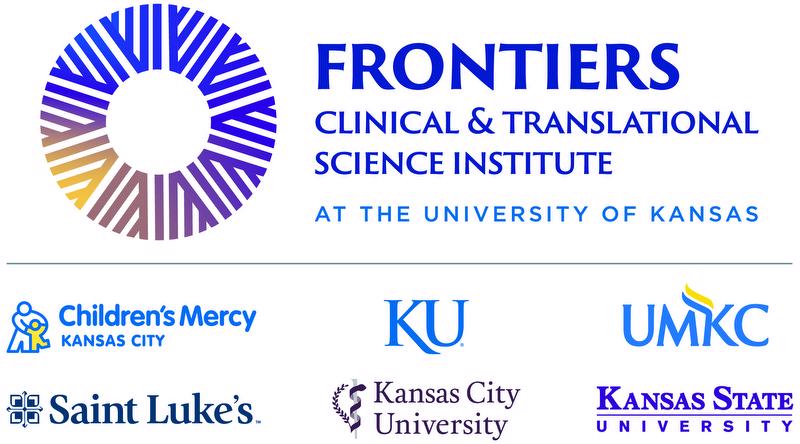
 Funded Projects · News
Funded Projects · News
 TL1 Trainee · News
TL1 Trainee · News
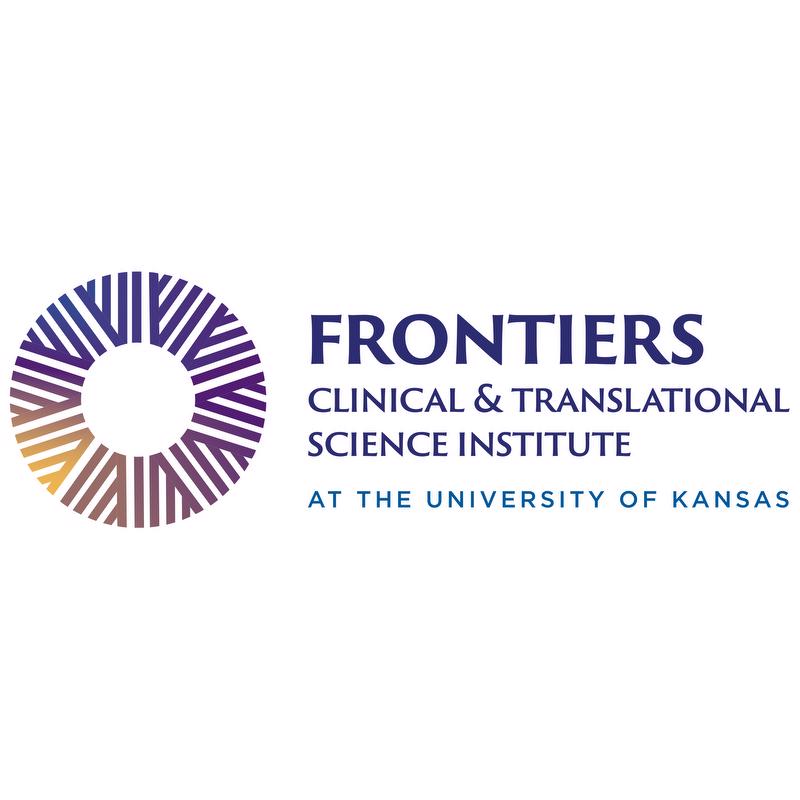 News · In the Community · Funded Projects
News · In the Community · Funded Projects
 Funded Projects · News
Funded Projects · News
 KL2 Scholar · News
KL2 Scholar · News
 TL1 Trainee · News
TL1 Trainee · News
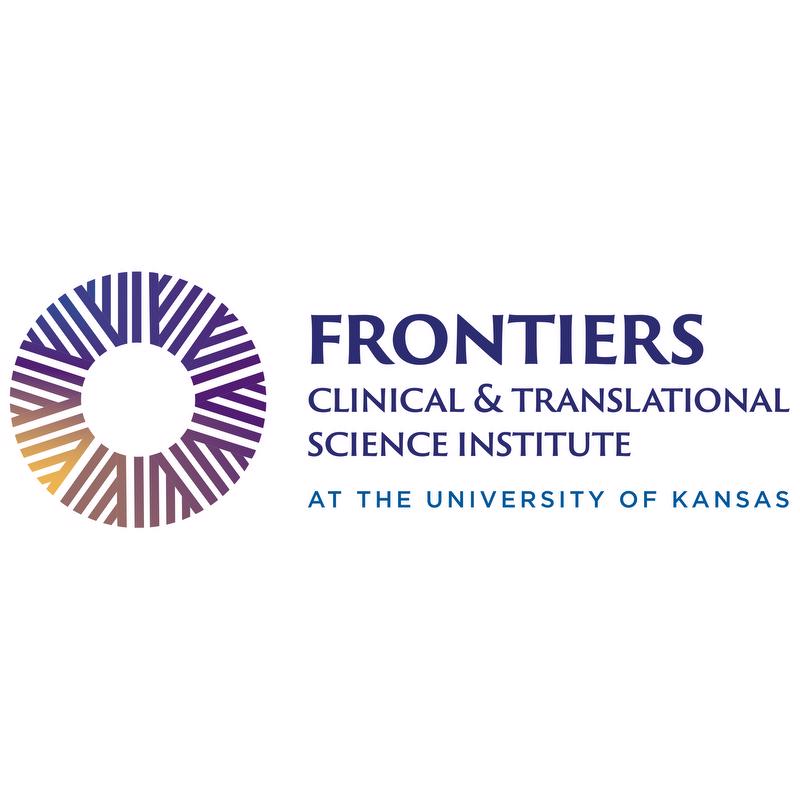 News
News
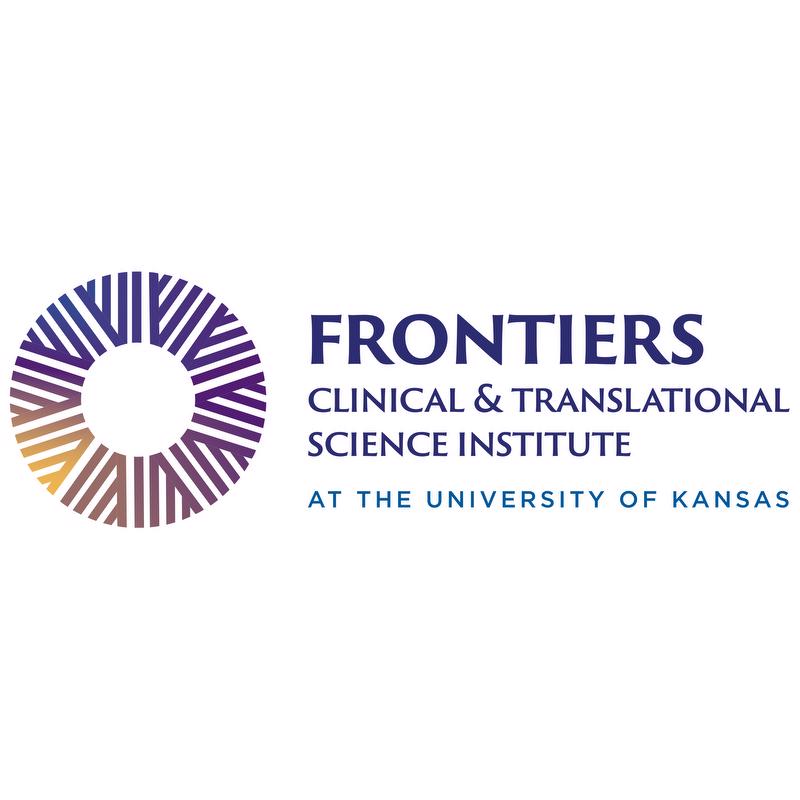 News
News
 KL2 Scholar · News
KL2 Scholar · News
 TL1 Trainee · News
TL1 Trainee · News
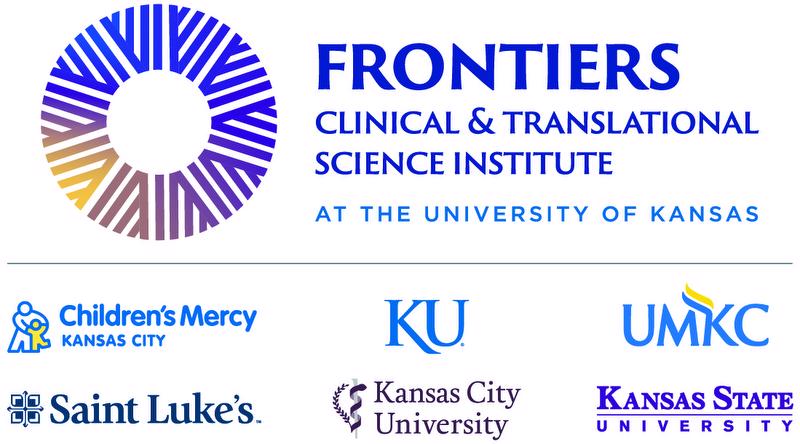 News
News
 News
News
 Funded Projects · News
Funded Projects · News
 Events · News
Events · News

 KL2 Scholar · News
KL2 Scholar · News
 News
News

 Funded Projects · News
Funded Projects · News
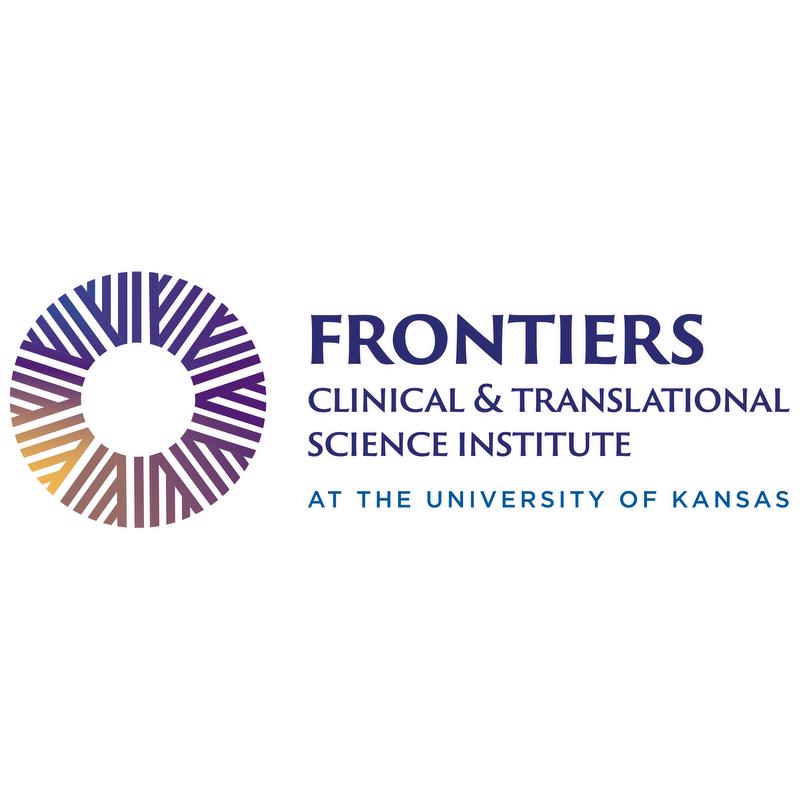 News
News
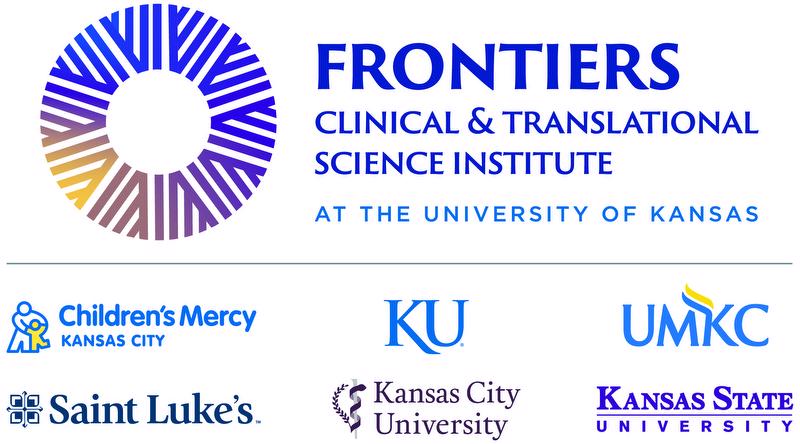 Partner News · News
Partner News · News
 News · In the Community
News · In the Community

 0
0

 Funded Projects · News
Funded Projects · News
 Funded Projects · News
Funded Projects · News
 News
News
 Funded Projects · News
Funded Projects · News
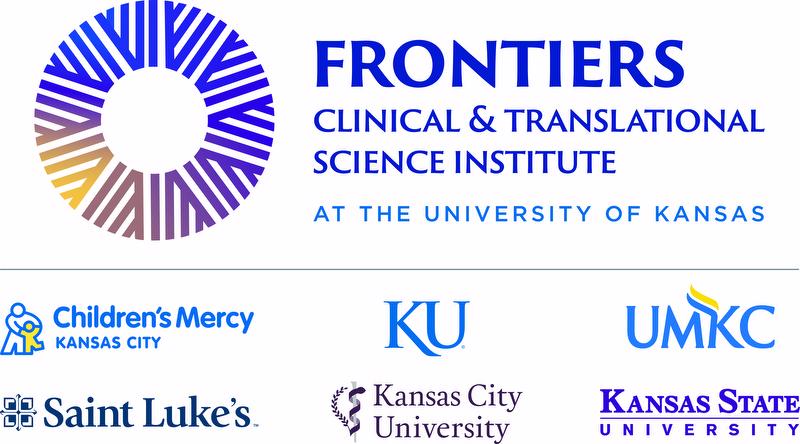 Funded Projects · News
Funded Projects · News
 News
News
 Events · News
Events · News
 TL1 Trainee · News
TL1 Trainee · News
 TL1 Trainee · News
TL1 Trainee · News
 News
News
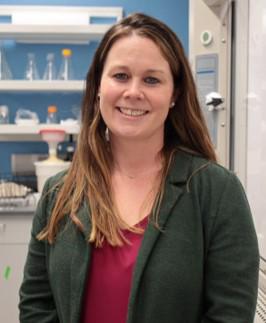 Funded Projects · News
Funded Projects · News
 News
News
 Partner News · News
Partner News · News
 TL1 Trainee · News
TL1 Trainee · News
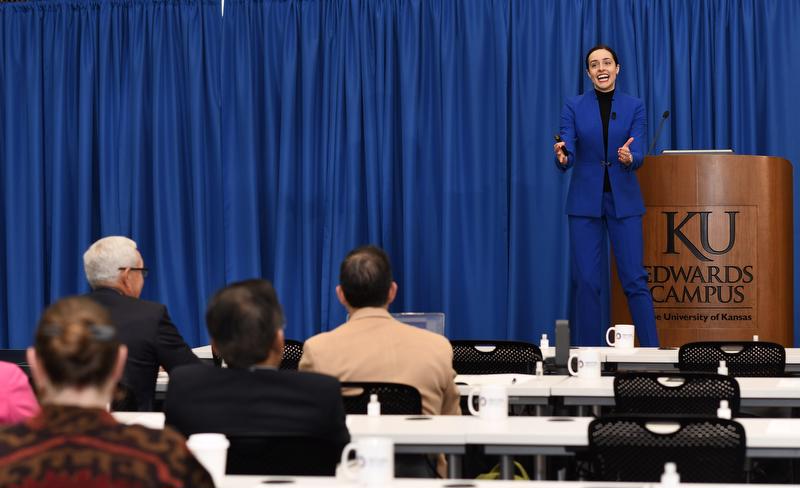 Events · News
Events · News
 KL2 Scholar · News
KL2 Scholar · News
 News
News
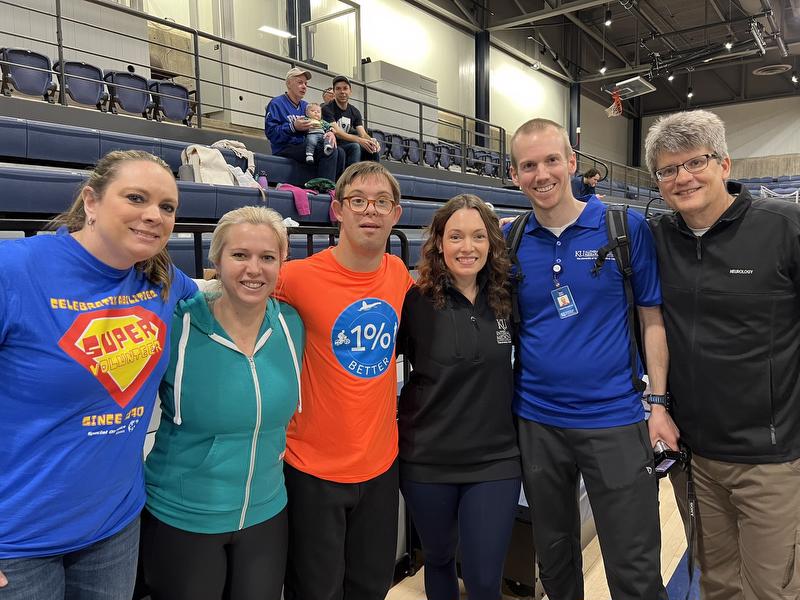 TL1 Trainee · News
TL1 Trainee · News
 News · KL2 Scholar
News · KL2 Scholar
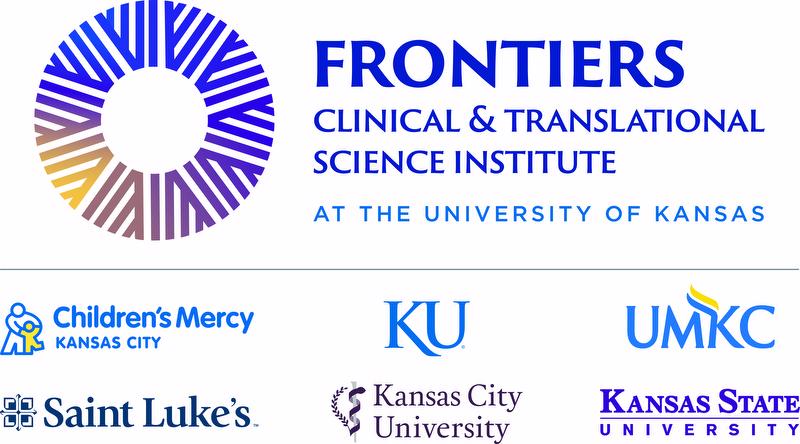
 TL1 Trainee · News
TL1 Trainee · News
 Events · News
Events · News
 News
News
 News
News


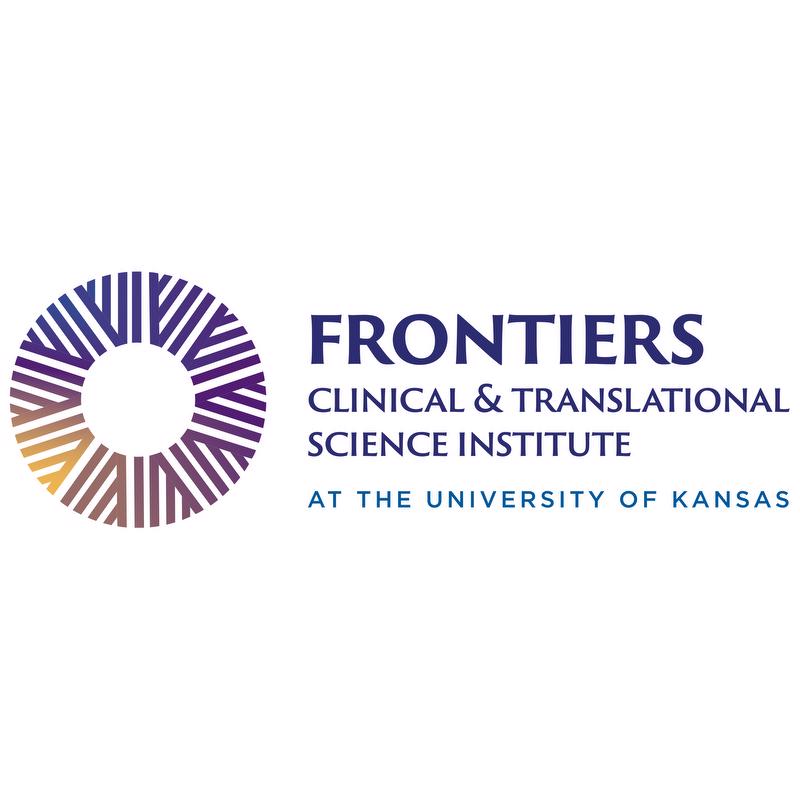 News
News

 40
40

 News
News
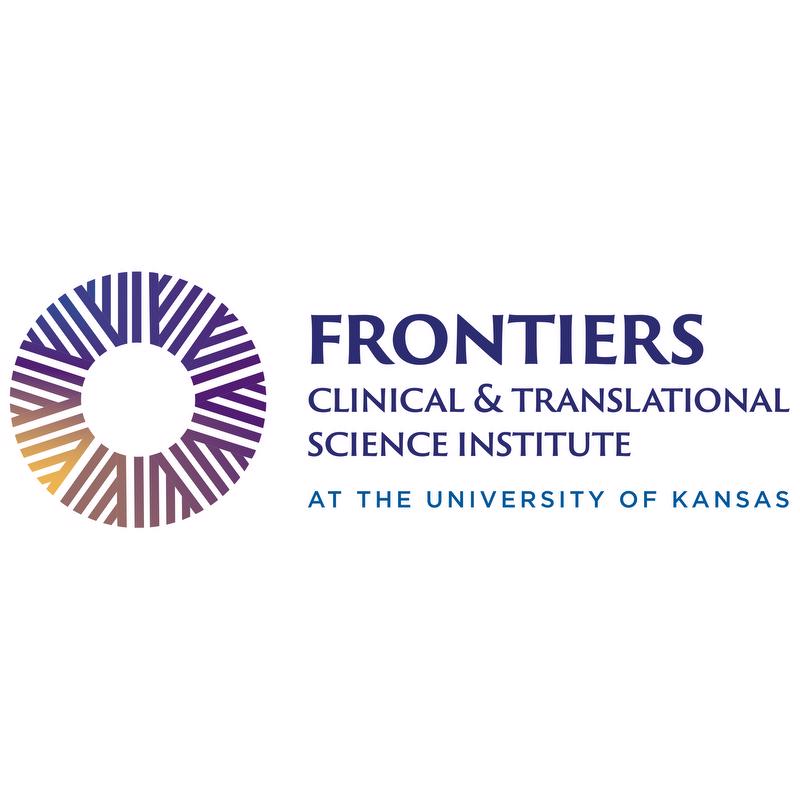 News
News
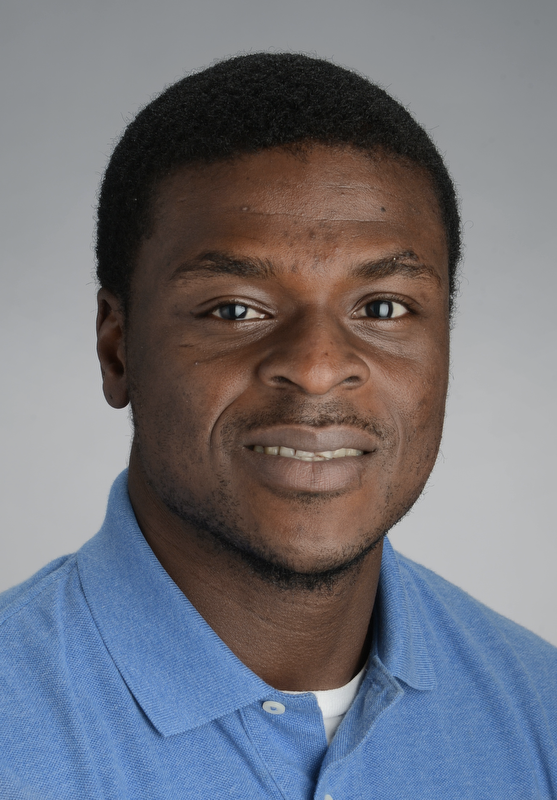 TL1 Trainee · News
TL1 Trainee · News
 News
News
 Funded Projects · News
Funded Projects · News
 News · In the Community
News · In the Community
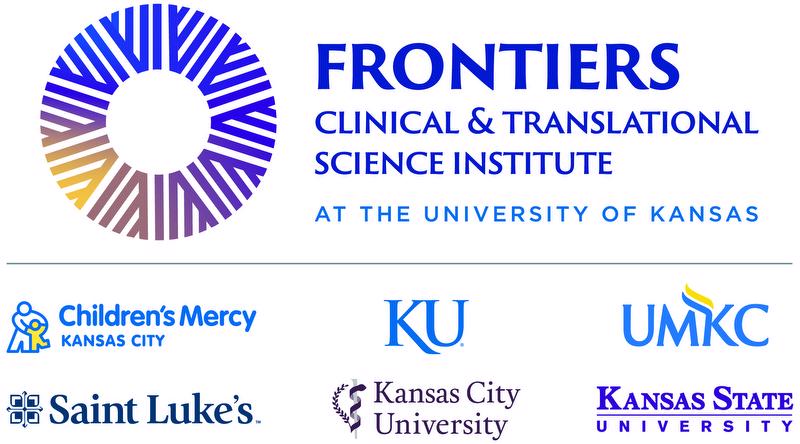 Funded Projects · News
Funded Projects · News
 In the Community
In the Community
 News · In the Community · Partner News
News · In the Community · Partner News
 KL2 Scholar · News
KL2 Scholar · News
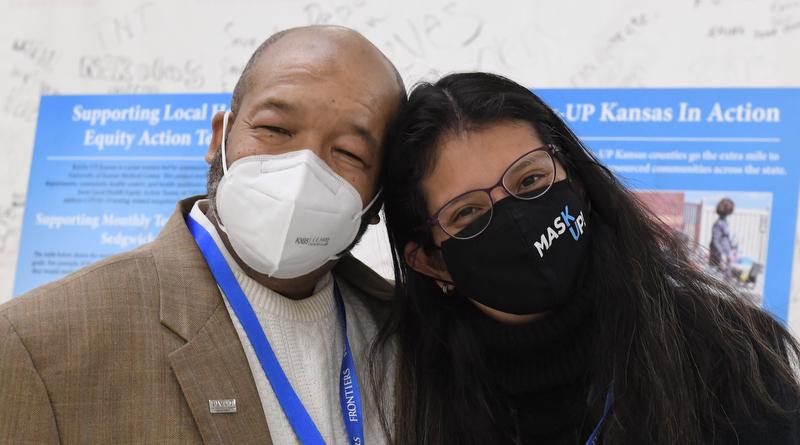 News · In the Community
News · In the Community
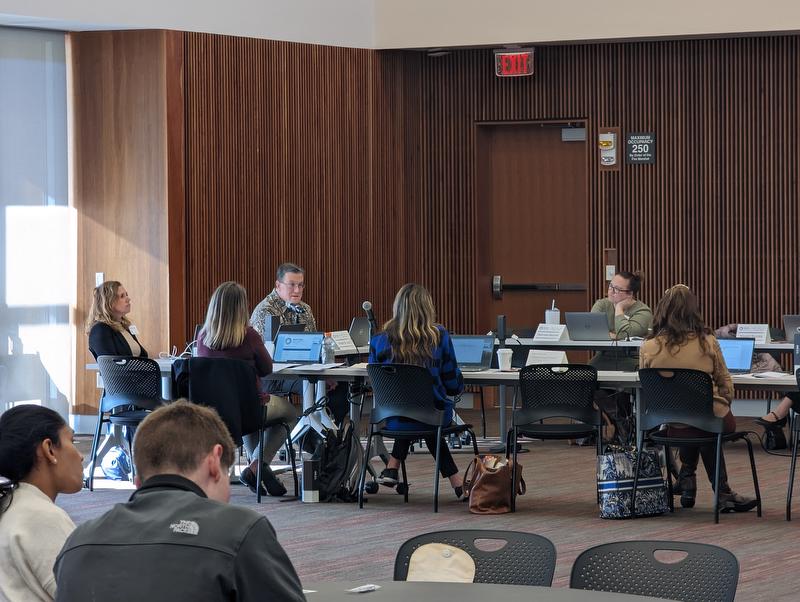 Events · News · Services
Events · News · Services
 Funded Projects · News
Funded Projects · News
 KL2 Scholar · Funded Projects · News
KL2 Scholar · Funded Projects · News
 TL1 Trainee · Funded Projects · News
TL1 Trainee · Funded Projects · News
 News
News
 News
News
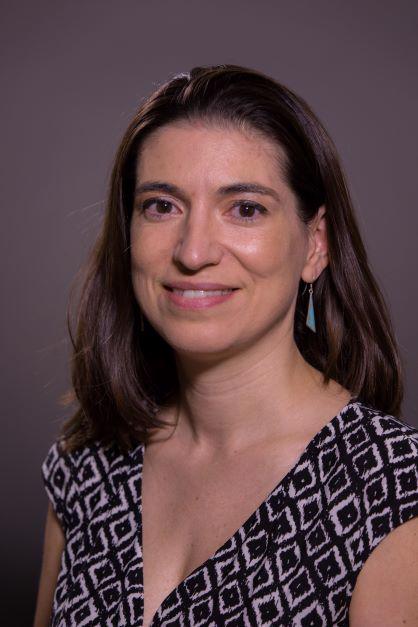 KL2 Scholar · Funded Projects
KL2 Scholar · Funded Projects
 KL2 Scholar · Funded Projects
KL2 Scholar · Funded Projects
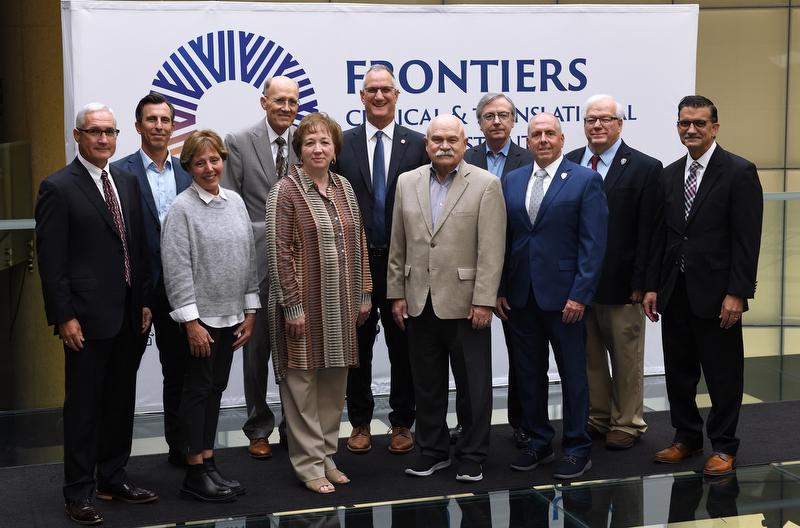 Events · News
Events · News
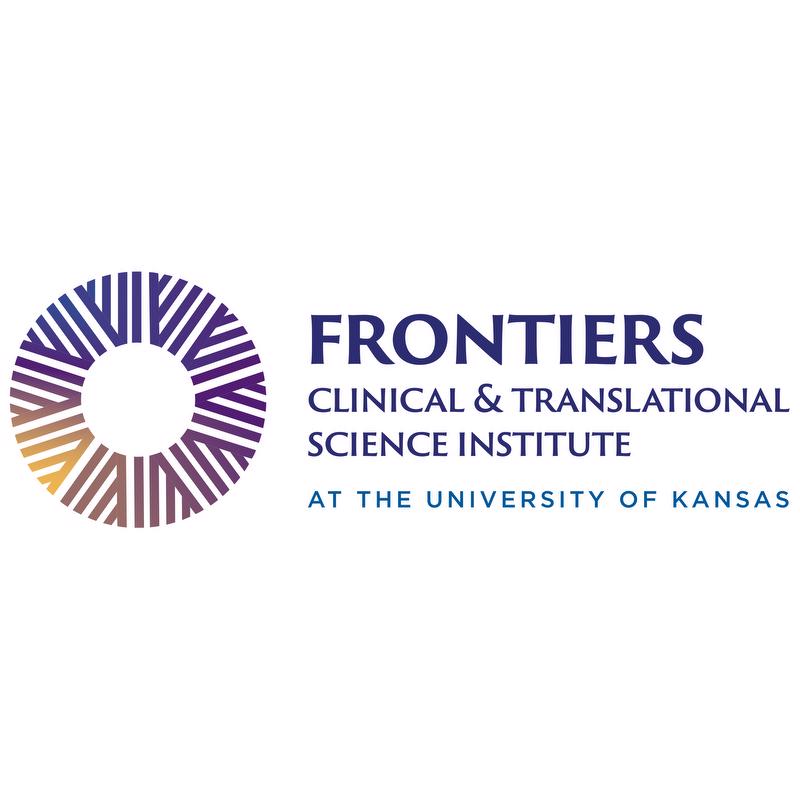 News
News
 KL2 Scholar · Funded Projects
KL2 Scholar · Funded Projects
 News
News
 Funded Projects
Funded Projects

 TL1 Trainee
TL1 Trainee
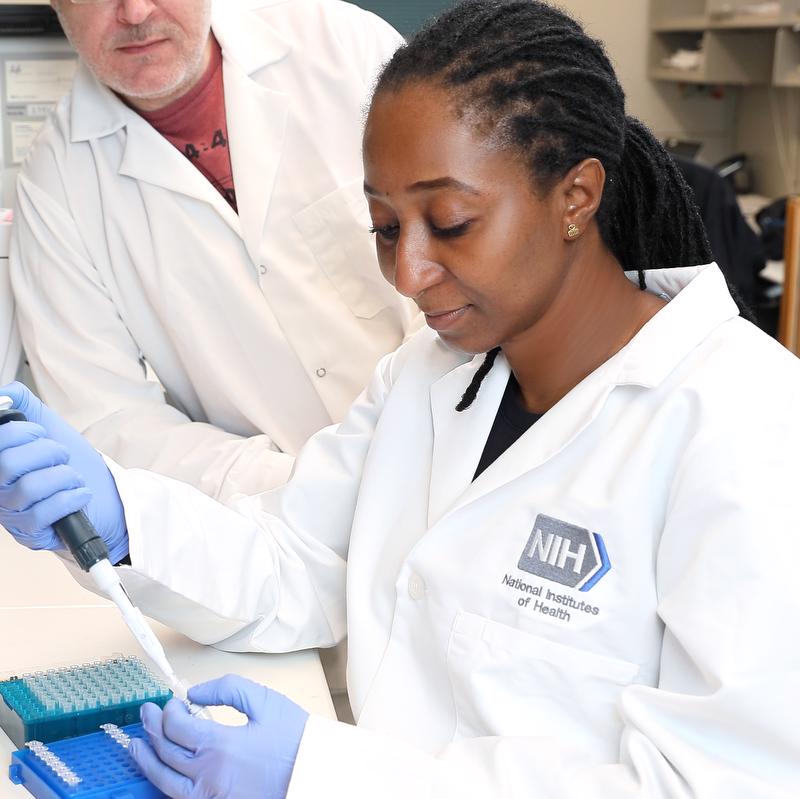 News
News
 Funded Projects
Funded Projects



